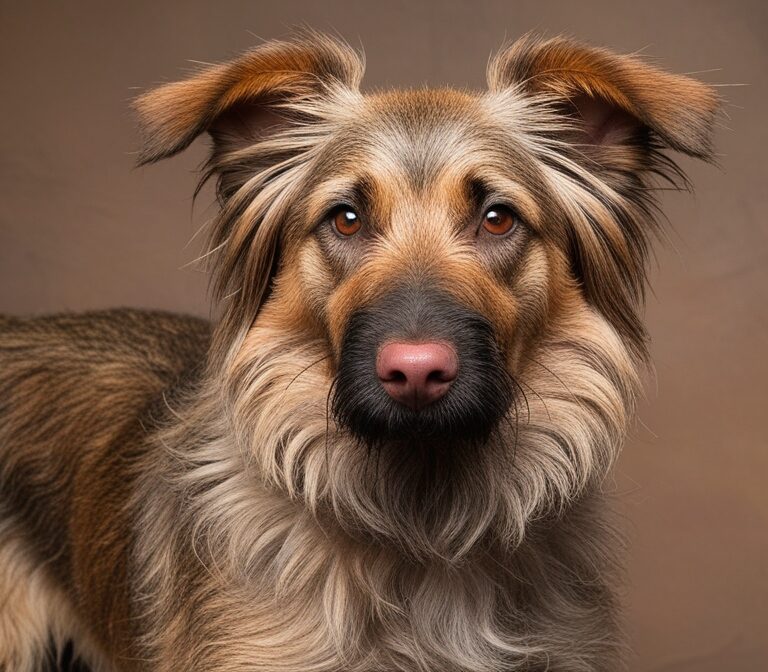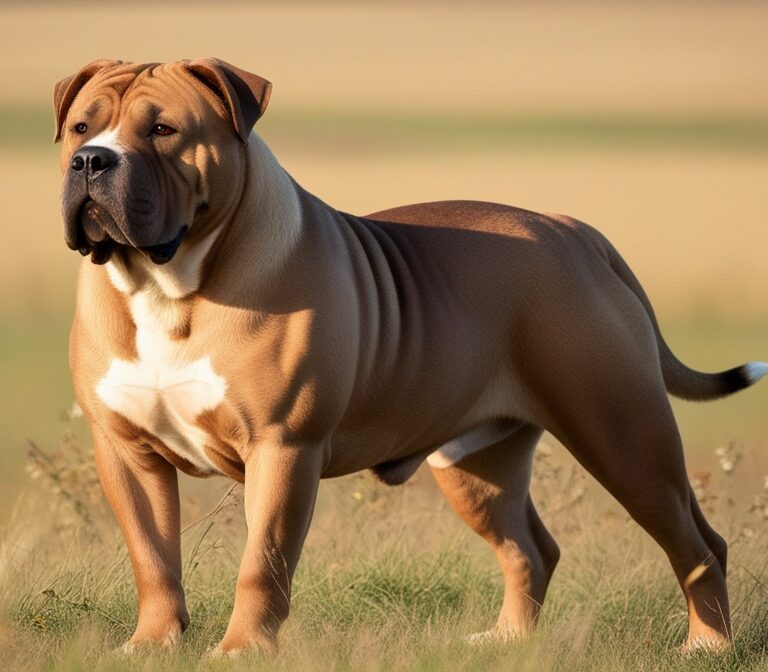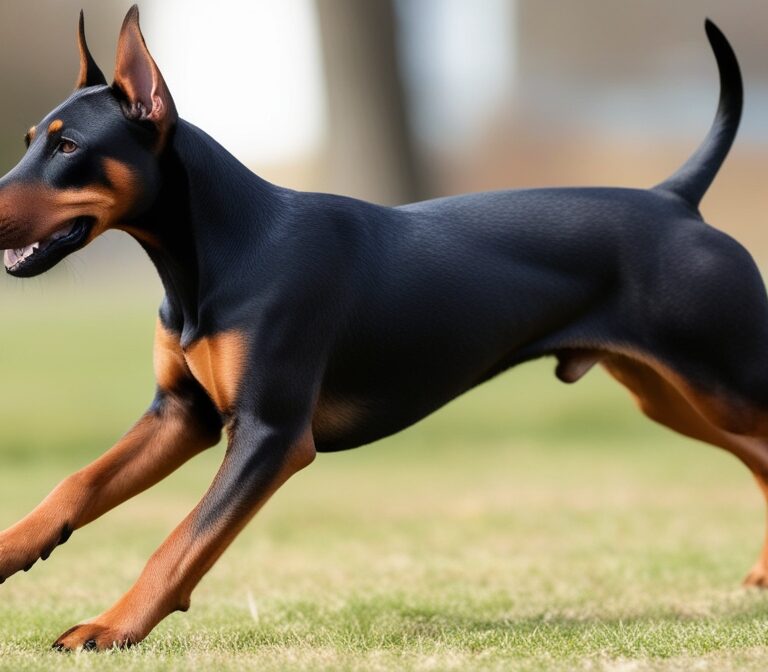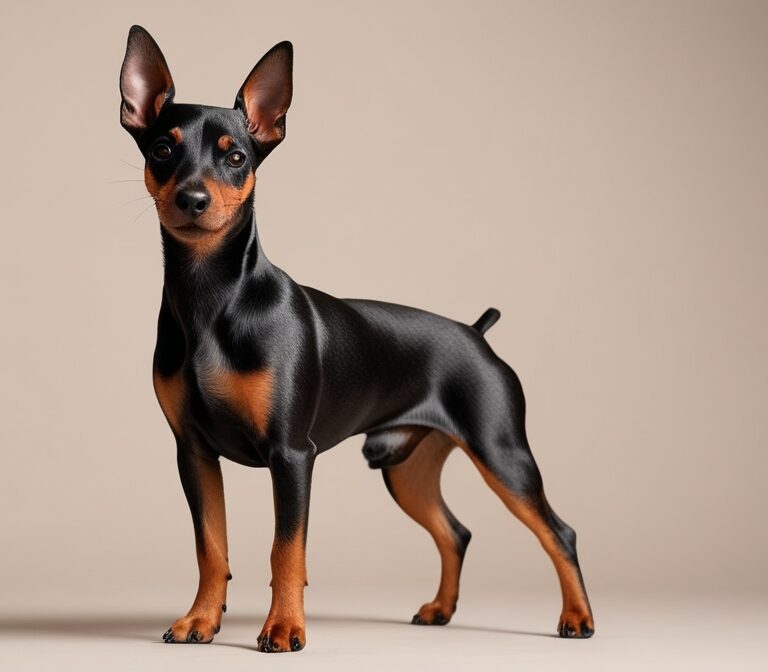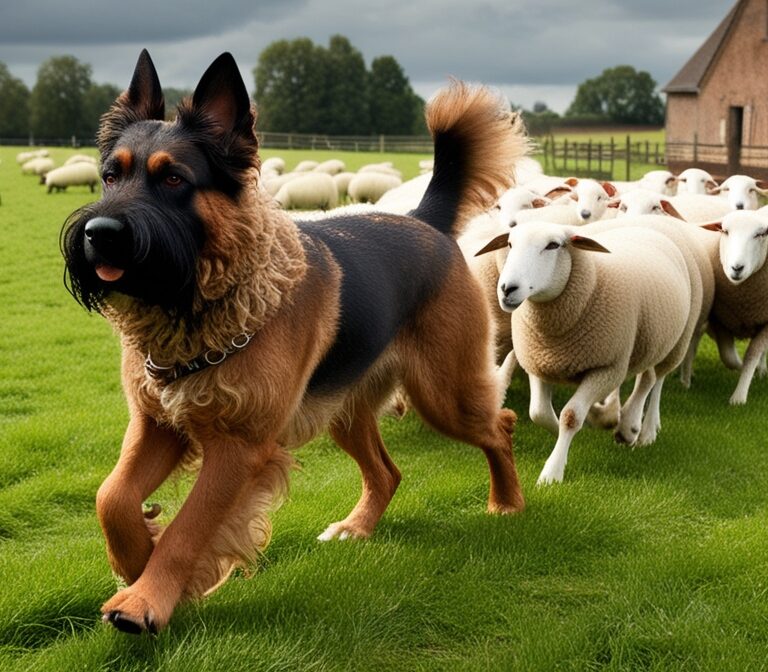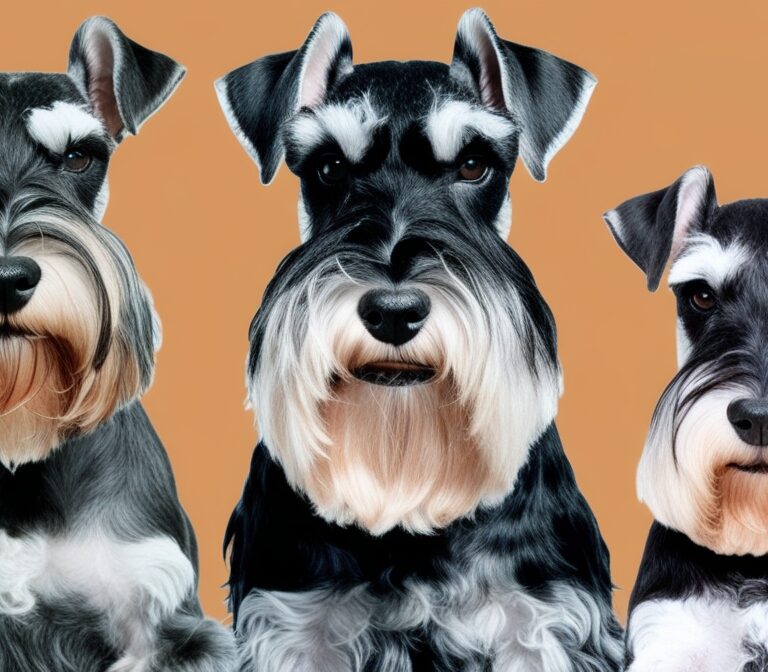Complete Guide to the Tibetan Mastiff: History, Temperament, Training, and Care
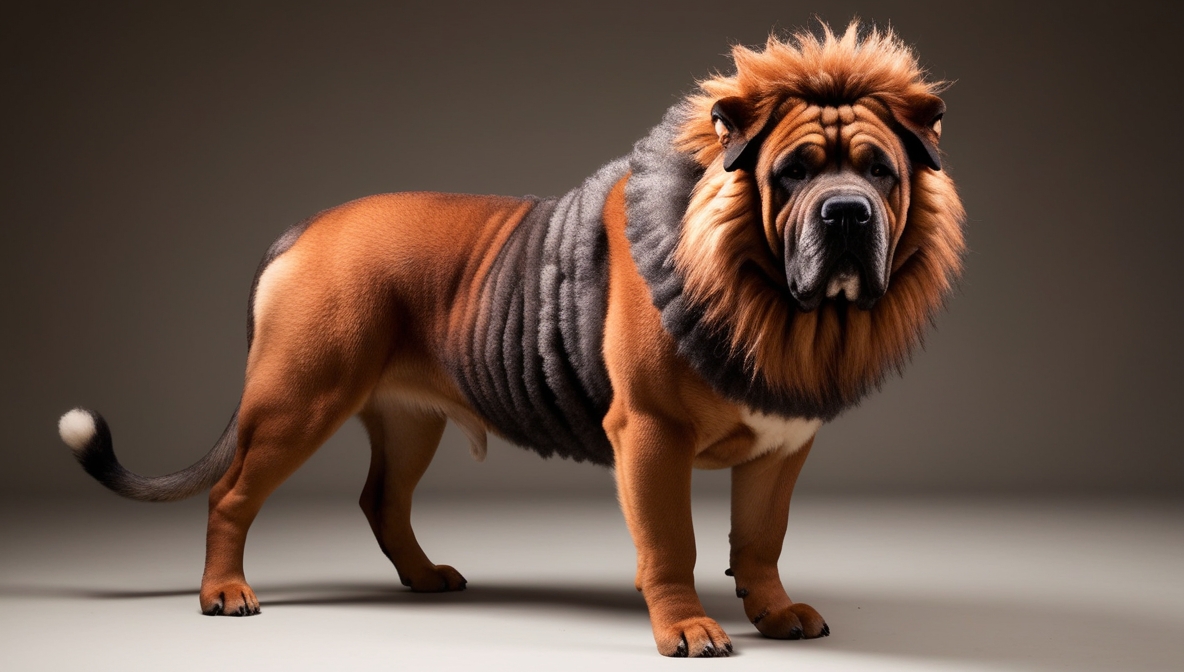
Introduction to Tibetan Mastiff
The Tibetan Mastiff is one of the most ancient dog breeds in existence, known for its immense size, majestic mane-like coat, and protective instincts. Classified as a working dog breed, this canine originated in the Himalayan regions of Tibet, where it was bred by nomadic herders and Tibetan monks to guard livestock and monasteries against predators such as wolves, leopards, and even snow leopards.
Unlike most modern companion breeds, the Tibetan Mastiff (Do-Khyi in Tibetan) retains much of its primitive guardian instincts, making it a unique but challenging breed for dog owners. Males typically weigh 41–68 kg, while females weigh 34–54 kg, placing them among the largest and strongest dogs in the world.
This breed is not only remarkable for its physical power but also for its aloof temperament. They are known to be protective, intelligent, and independent thinkers—traits that make them exceptional guard dogs, but sometimes difficult pets for inexperienced owners.
The breed’s global popularity surged in the early 2000s, particularly in China, where Tibetan Mastiffs became a status symbol and were often sold for record-breaking prices, sometimes exceeding $1 million USD per dog. However, their popularity has since stabilized, with enthusiasts appreciating them for their loyalty, history, and unique appearance rather than as luxury pets.
In this article, we will explore the history, physical traits, temperament, training challenges, health issues, and ownership costs of the Tibetan Mastiff in detail. By the end, you’ll know whether this guardian breed is the right fit for your family and lifestyle.
Origin and History of the Tibetan Mastiff
The Tibetan Mastiff has one of the oldest canine lineages, with its ancestry tracing back thousands of years. Archaeological and genetic evidence suggests that this breed was developed in the Himalayan plateaus of Tibet, making it one of the earliest domesticated guardian dogs.
The Tibetan people, particularly nomadic herders, relied on these massive dogs to protect yak herds and sheep from predators. Unlike sheepdogs that assist in herding, Tibetan Mastiffs were primarily livestock guardians, bred to be independent decision-makers capable of defending against threats even when left alone.
They were also entrusted with the sacred duty of guarding Tibetan monasteries, where Buddhist monks valued them not just as protectors but also as spiritual symbols of strength. Some Tibetan Mastiffs were even gifted to Chinese emperors and foreign royalty, spreading their influence beyond the Himalayas.
By the 19th century, explorers and traders introduced Tibetan Mastiffs to Europe, where they fascinated dog enthusiasts for their lion-like mane and imposing presence. The British imported them during colonial times, and by the late 1800s, they were exhibited in European dog shows.
However, the breed remained relatively rare outside Asia until the late 20th century. In modern times, the American Kennel Club (AKC) officially recognized the Tibetan Mastiff in 2006, cementing its status as an official working dog breed.
Their historical role explains their aloof and independent temperament today. Unlike breeds bred solely for companionship, the Tibetan Mastiff has retained its guardian instincts, making it less eager to please and more inclined to protect territory and family with unmatched vigilance.
Tibetan Mastiff Breed Recognition by AKC
The American Kennel Club (AKC) officially recognized the Tibetan Mastiff in January 2006, placing it under the Working Group category. This recognition was significant because it established breed standards for size, coat, temperament, and movement, helping breeders maintain the purity and health of the lineage.
According to AKC standards, the Tibetan Mastiff should have:
- Height: Minimum 26 inches (66 cm) for males, and 24 inches (61 cm) for females.
- Weight: Males 90–150 pounds (41–68 kg), females 75–120 pounds (34–54 kg).
- Coat: A heavy double coat that is dense and weather-resistant, often with a mane-like ruff around the neck.
- Colors: Black, brown, blue-gray, gold, or combinations with tan markings.
- Temperament: Reserved, watchful, aloof with strangers, but deeply loyal to family.
The AKC breed description emphasizes that Tibetan Mastiffs are not recommended for novice owners. They require experienced handlers who understand large guardian breeds and can provide firm but respectful training.
In addition to AKC, other kennel clubs such as the United Kennel Club (UKC) and Fédération Cynologique Internationale (FCI) also recognize the Tibetan Mastiff as a distinct breed, ensuring global standardization.
This recognition has helped establish the Tibetan Mastiff not only as a rare and exotic breed but also as a dog with a legitimate working heritage, making it highly respected among enthusiasts of guardian breeds like the Caucasian Shepherd, Kangal, and Great Pyrenees.
Physical Characteristics of the Tibetan Mastiff
The Tibetan Mastiff is instantly recognizable for its massive size and lion-like mane. This breed has been described as bear-like in strength yet noble in appearance, with a balanced, powerful frame suited for both endurance and strength.
Size and Weight
- Males: 41–68 kg (90–150 lbs), typically standing 66–76 cm (26–30 inches) tall at the shoulder.
- Females: 34–54 kg (75–120 lbs), with a height of 61–71 cm (24–28 inches).
Coat and Appearance
The Tibetan Mastiff’s double coat is one of its most striking features. The dense undercoat provides insulation, while the long, coarse outer coat protects against harsh Himalayan weather. Males often display a mane around the neck, which makes them resemble lions.
Common Colors
- Solid black
- Brown
- Blue-gray
- Gold
- Black and tan combinations
Some Tibetan Mastiffs also have white markings on the chest and feet.
Distinctive Features
- Broad head with strong jaws
- Deep-set, expressive eyes
- Heavy bone structure and muscular build
- Plumed tail curled over the back
These physical traits allowed the breed to survive in mountainous regions with extreme climates while also deterring predators with their intimidating presence.
Lifespan and Growth Stages
The Tibetan Mastiff lifespan typically ranges from 10 to 14 years, which is relatively long for a giant breed dog. However, their growth and development are slower than most breeds, with full maturity often not reached until 4–5 years of age.
Growth Stages
Puppy Stage (0–12 months):
Rapid growth in size, but skeletal structure remains immature. Owners must avoid excessive exercise to prevent bone and joint damage.
Adolescent Stage (1–3 years):
Strong guarding instincts begin to emerge. Dogs in this stage may become stubborn and challenging to train, requiring consistent socialization.
Adult Stage (3–5 years):
Full size and physical development are achieved. The dog’s temperament stabilizes, becoming more predictable but still territorial.
Senior Stage (8+ years):
Reduced energy levels and potential health concerns such as hip dysplasia and arthritis become more noticeable.
Because of their slow development, Tibetan Mastiff puppies can sometimes look disproportionate as they grow into their massive frames. Owners must provide a balanced diet for large breeds and carefully monitor exercise routines to prevent long-term orthopedic issues.
Temperament of the Tibetan Mastiff
The temperament of the Tibetan Mastiff is what makes it both legendary and challenging. Unlike breeds bred for companionship, this guardian dog has retained its ancient instincts, resulting in a temperament that is protective, aloof, and independent.
Protective Instincts
One of the Tibetan Mastiff’s strongest traits is its protective nature. Historically bred to guard livestock, villages, and monasteries, they naturally distrust strangers. Unlike friendly breeds such as Golden Retrievers, Tibetan Mastiffs are territorial and vigilant, often barking to alert their owners of intruders. Their protective temperament makes them excellent family guardians, but it also means they need careful management in urban or crowded environments.
Independence and Aloofness
Unlike obedient breeds that thrive on pleasing their owners, the Tibetan Mastiff is an independent thinker. This aloofness can be mistaken for stubbornness, but it is rooted in their historical role as autonomous decision-makers in the Himalayas. They do not always seek constant affection, preferring instead to sit quietly, observing their surroundings.
Loyalty and Bonding with Family
Despite their aloofness with strangers, Tibetan Mastiffs are extremely loyal to their families. They form strong bonds with household members, particularly children, although supervision is advised due to their large size. They tend to be gentle with family members, but their protective instincts mean they will always remain alert in unfamiliar situations.
Temperament Summary
- With Strangers: Reserved, watchful, possibly suspicious
- With Family: Loyal, affectionate, protective
- With Other Dogs: Can be dominant, especially with same-sex dogs
- Best Environment: Large homes with secure fencing, rural or suburban settings
This temperament makes the Tibetan Mastiff unsuitable for first-time dog owners, but highly rewarding for those who understand guardian breeds and respect their independence.
Tibetan Mastiff as a Guard Dog
The Tibetan Mastiff is widely regarded as one of the best natural guard dogs in the world. Unlike breeds trained specifically for protection, this dog has instinctive guarding behaviors developed over centuries.
Natural Guardian Instincts
From the Himalayas to modern homes, Tibetan Mastiffs retain their territorial instincts. They are known to patrol their property at night, barking at unusual sounds. This makes them highly effective as livestock guardians and property protectors.
Comparison with Other Guardian Breeds
Compared to other large guardian breeds like the Caucasian Shepherd or Kangal, the Tibetan Mastiff is slightly more reserved and watchful rather than aggressively defensive. They are less likely to attack unless provoked, but they excel at deterring threats with their sheer size and loud bark.
Urban vs. Rural Guarding
- Urban Setting: Their strong guarding instincts may lead to excessive barking, which can cause issues with neighbors.
- Rural Setting: They thrive in open spaces where their guarding instincts can be exercised naturally, protecting livestock or property.
Role in Modern Families
Even as companion dogs, Tibetan Mastiffs continue to serve as family guardians. Their presence alone often deters intruders, making them both a protective asset and a devoted companion for the right family.
Training Challenges and Solutions
Training a Tibetan Mastiff requires experience, patience, and consistency. This breed’s independent personality makes training different from more compliant dogs like Border Collies or Labrador Retrievers.
Common Challenges
Stubbornness: They often resist commands if they don’t see a purpose.
Guarding Instincts: Their territorial nature can lead to overprotectiveness.
Aloof Temperament: They may ignore training if they’re not motivated.
Effective Training Solutions
- Early Socialization: Introducing puppies to different people, animals, and environments helps prevent aggression and fearfulness later in life.
- Positive Reinforcement: Using treats, praise, and rewards works far better than harsh corrections.
- Short Sessions: Tibetan Mastiffs can lose interest quickly, so 10–15 minute training sessions are more effective than long lessons.
- Firm but Gentle Handling: They respect confident leaders but will rebel against overly harsh discipline.
Best Training Practices
- Start training at 8–12 weeks of age.
- Focus on basic obedience commands like sit, stay, and recall.
- Continue training into adulthood, as this breed matures slowly.
With the right approach, Tibetan Mastiffs can become well-mannered guardians, but without training, their strength and independence can lead to problematic behavior.
Exercise Requirements for Tibetan Mastiff
Despite their massive size, Tibetan Mastiffs are not hyperactive dogs. They are more moderate in energy levels, preferring short bursts of activity rather than constant play. However, they do require daily exercise to maintain health and prevent boredom.
Daily Exercise Needs
- Adult Tibetan Mastiffs: Around 45–60 minutes of exercise per day.
- Puppies: Short, controlled walks to avoid stress on developing joints.
Suitable Activities
- Leisurely Walks: They enjoy long walks but don’t require marathon runs.
- Free Play in a Yard: A large, fenced yard provides mental stimulation and safe roaming space.
- Hiking: Their endurance makes them excellent hiking partners in cooler weather.
Exercise Cautions
- Avoid intense activity during puppy growth stages to prevent joint issues.
- They are heat-sensitive, so exercise should be done in early mornings or evenings during hot weather.
- Over-exercise can stress their large frames, leading to hip and elbow dysplasia.
While Tibetan Mastiffs are not as demanding as high-energy breeds like Huskies, they do need a balance of physical activity and mental stimulation to stay healthy and content.
Grooming Needs and Coat Care
The Tibetan Mastiff’s double coat requires regular grooming to keep it healthy, especially since their thick fur was developed to withstand harsh Himalayan winters.
Coat Type
- Double Coat: Dense undercoat + coarse outer coat.
- Mane: Males often have a lion-like mane, especially prominent in winter.
- Seasonal Shedding: They shed heavily once or twice a year, often called “blowing coat.”
Grooming Routine
- Brushing: At least 2–3 times per week with a slicker brush or undercoat rake to prevent matting.
- Bathing: Only when necessary (every 6–8 weeks), as excessive bathing can strip natural oils.
- Shedding Season: Daily brushing during shedding seasons (spring and fall).
Other Grooming Needs
- Nail Trimming: Every 3–4 weeks to prevent overgrowth.
- Dental Care: Brushing teeth 2–3 times a week helps prevent gum disease.
- Ear Cleaning: Regular cleaning to avoid infections due to thick ear fur.
Coat Care Summary
While Tibetan Mastiffs are not high-maintenance year-round, their seasonal shedding requires commitment. Proper grooming not only keeps them looking majestic but also helps prevent skin problems and discomfort.
Conclusion:
The Tibetan Mastiff is not just a dog—it is a living piece of history, carrying with it centuries of tradition as a guardian of livestock, villages, and monasteries in the Himalayan region. Its majestic appearance, immense strength, and unwavering loyalty make it one of the most remarkable breeds in the world, yet also one of the most challenging to own.
For the right person, the Tibetan Mastiff can be an unparalleled companion and protector. Its aloof but affectionate temperament means it will not demand constant attention but will always remain fiercely loyal to its family. Its protective instincts provide unmatched security, making it a natural guardian dog without the need for specialized protection training.
However, this breed is not suitable for everyone. The Tibetan Mastiff requires:
- An experienced owner who understands large, independent guardian breeds.
- Consistent training and early socialization to manage its territorial instincts.
- Adequate space, preferably a large, securely fenced yard in a suburban or rural setting.
- Commitment to grooming, healthcare, and proper diet, especially given risks of hip dysplasia, hypothyroidism, and bloat.
Potential owners should also consider the cost of ownership. Tibetan Mastiffs are among the most expensive dog breeds, both in purchase price and long-term care, particularly because of their size, diet, and veterinary needs.
In the wrong environment—such as small apartments, inexperienced homes, or overly busy urban areas—the Tibetan Mastiff can become difficult to manage due to its barking, independence, and territorial behavior. But in the right environment, with a knowledgeable and dedicated owner, it thrives as a devoted family protector and a symbol of ancient canine heritage.
Final Verdict:
If you are seeking a gentle giant that doubles as a fearless guardian, and you are prepared for the challenges of ownership, the Tibetan Mastiff may be the perfect breed for you. But if you’re looking for a dog that is eager to please, easy to train, and adaptable to city living, then this breed is best admired from afar rather than brought into your home.
The Tibetan Mastiff is not just a pet—it is a commitment, a guardian, and a companion unlike any other.
